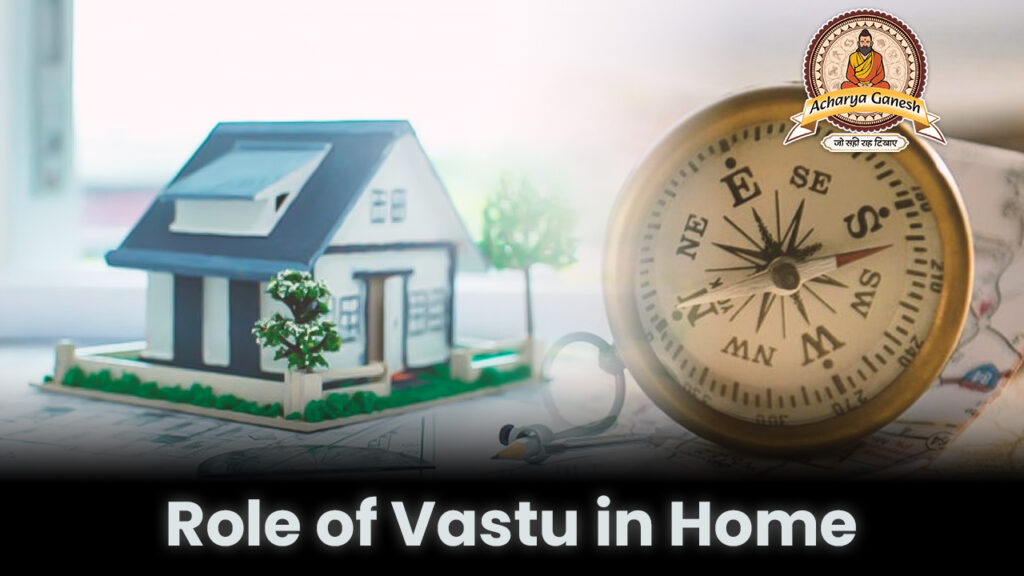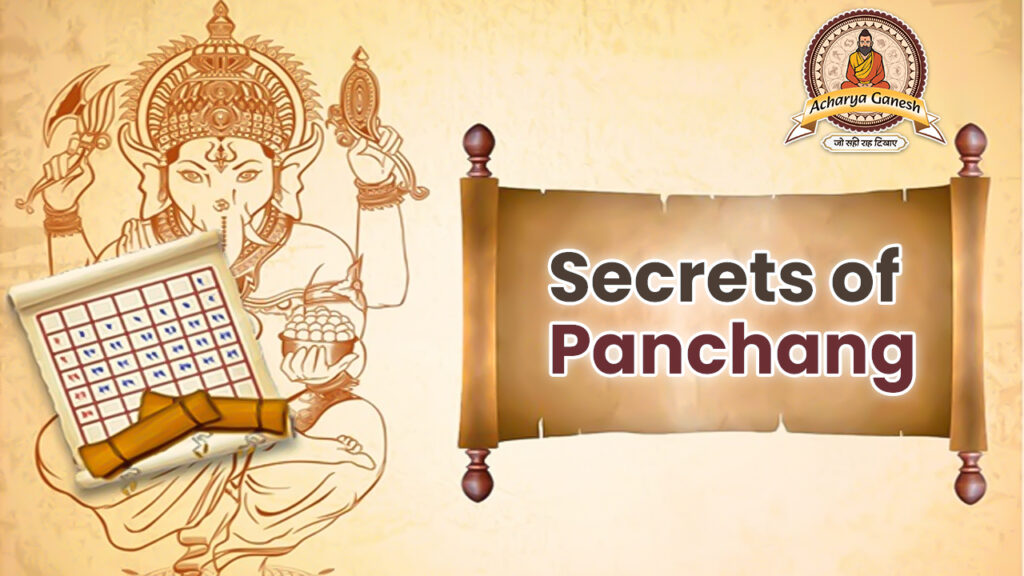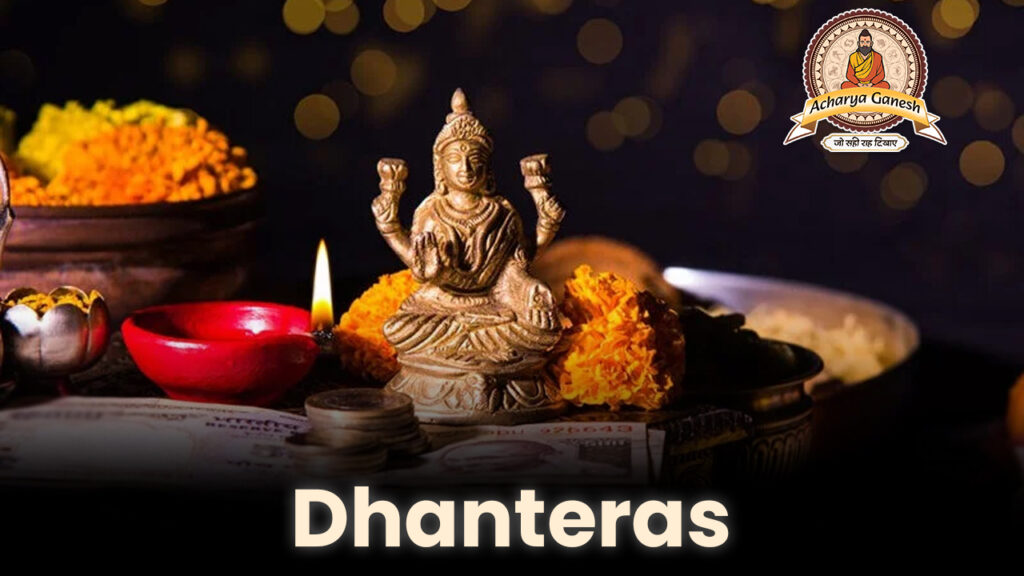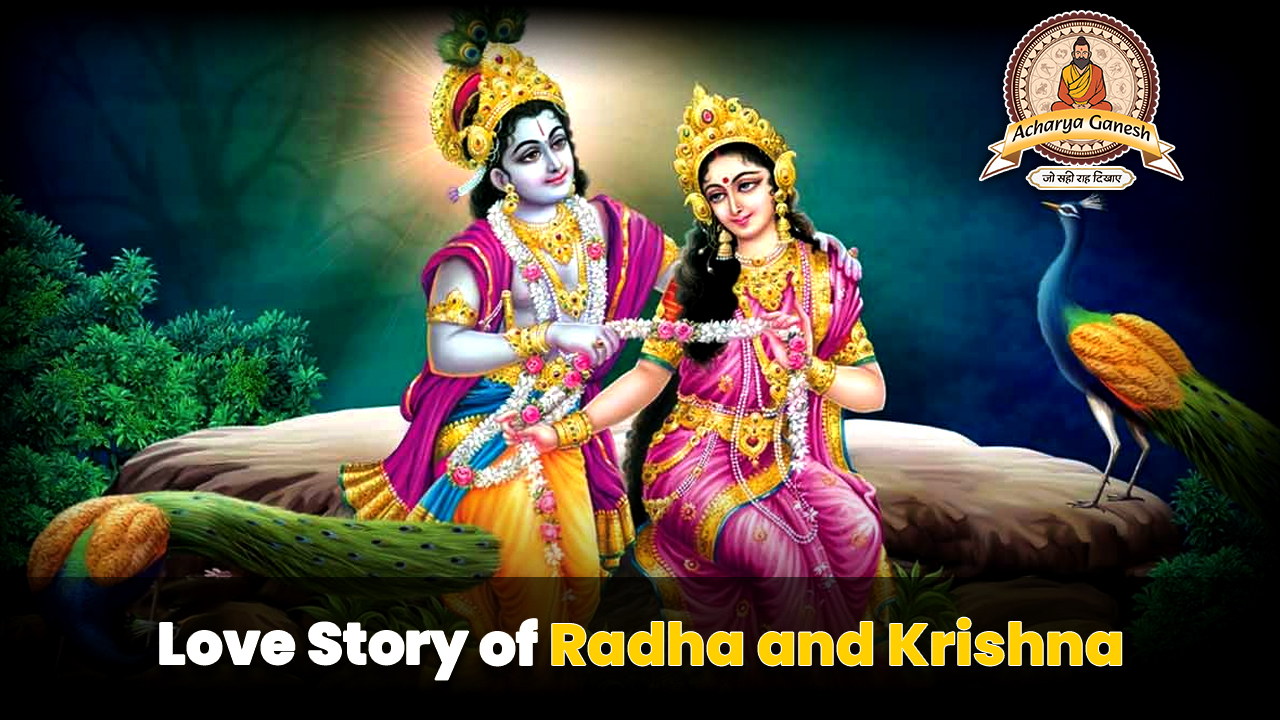What is Compatibility Astrology? Understanding the Stars’ Role in Relationships

Introduction to Compatibility Astrology
Have you ever wondered why you click instantly with some people while others seem to rub you the wrong way? Compatibility astrology might have some answers for you. This fascinating branch of astrology explores how well two individuals may get along based on their astrological charts. But what is compatibility astrology, and how does it work?
Compatibility astrology, also known as synastry, is the study of relationships between individuals using their astrological charts. It examines how the positions of celestial bodies at the time of each person’s birth interact with each other, potentially influencing the dynamics of their relationship.
The Basics of Astrological Compatibility
At its core, compatibility astrology involves comparing the birth charts of two individuals. A birth chart, or natal chart, is a map of the sky at the exact moment of a person’s birth. It shows the positions of the sun, moon, planets, and other celestial bodies in relation to Earth.
When examining compatibility, astrologers look at how these celestial positions in one person’s chart interact with those in another person’s chart. These interactions, called aspects, can be harmonious, challenging, or neutral.
Sun Sign Compatibility
The most well-known aspect of compatibility astrology is sun sign compatibility. This is what you typically see in horoscopes and popular astrology columns. Sun signs are determined by the position of the sun at the time of your birth and are associated with certain personality traits.
For example, fire signs (Aries, Leo, Sagittarius) are often considered compatible with other fire signs or air signs (Gemini, Libra, Aquarius). However, it’s important to note that sun sign compatibility is just the tip of the iceberg in compatibility astrology.
Moon Sign and Rising Sign Compatibility
While sun signs get most of the attention, moon signs and rising signs play crucial roles in compatibility astrology:
- Moon Sign: Represents your emotional nature and how you express feelings. Moon sign compatibility can indicate emotional understanding between partners.
- Rising Sign (Ascendant): Reflects your outward personality and how others perceive you. Rising sign compatibility can show initial attraction and social dynamics.
For a more comprehensive understanding of compatibility, it’s essential to consider these signs alongside the sun sign.
Elements and Modalities in Compatibility
Astrological signs are categorized into four elements (fire, earth, air, water) and three modalities (cardinal, fixed, mutable). These classifications can provide insights into compatibility:
- Elements: Generally, signs of the same element or complementary elements (fire-air, earth-water) are considered compatible.
- Modalities: These indicate how a sign approaches life. Complementary modalities can create balance in a relationship.
Understanding these aspects can offer a more nuanced view of potential compatibility between individuals.
The Role of Venus and Mars in Relationships
In compatibility astrology, Venus and Mars play significant roles:
- Venus: Governs love, affection, and what we value in relationships.
- Mars: Represents passion, desire, and how we assert ourselves.
The positions of these planets in each person’s chart and how they interact can provide insights into romantic and sexual compatibility.
Synastry: A Deeper Look at Astrological Compatibility
Synastry is a more advanced technique in compatibility astrology. It involves overlaying one person’s birth chart onto another’s and analyzing the aspects formed between the planets in both charts.
Key aspects astrologers look for in synastry include:
- Conjunctions (planets in the same position)
- Trines (planets 120 degrees apart)
- Squares (planets 90 degrees apart)
- Oppositions (planets 180 degrees apart)
Each aspect type can indicate different dynamics in the relationship, from harmony and ease to challenges and growth opportunities.
Composite Charts: Merging Two Charts into One
Another advanced technique in compatibility astrology is the creation of a composite chart. This involves mathematically combining two individual charts to create a single chart representing the relationship itself.
The composite chart is treated as the birth chart of the relationship and can provide insights into the relationship’s potential, challenges, and overall dynamics.
The Importance of Birth Time in Compatibility Astrology
For accurate compatibility readings, knowing the exact birth time of both individuals is crucial. This is because the birth time determines the rising sign and the exact positions of the moon and planets in the birth chart.
Without an accurate birth time, certain aspects of compatibility astrology, particularly those involving house placements, become less reliable.
Limitations and Misconceptions of Compatibility Astrology
While compatibility astrology can provide interesting insights, it’s important to approach it with a balanced perspective:
- It’s not deterministic: Astrological compatibility doesn’t guarantee a successful or unsuccessful relationship.
- Free will matters: Personal choices and efforts play a significant role in any relationship.
- It’s complex: Simplistic sun sign compatibility often overlooks the nuances of full chart comparisons.
- Cultural and personal factors: Astrology doesn’t account for cultural differences, personal experiences, or individual growth.
FAQs About Compatibility Astrology
- Q: Can compatibility astrology predict if a relationship will last?
A: While it can indicate potential strengths and challenges, it can’t predict the outcome of a relationship. Many factors, including personal choices and efforts, influence a relationship’s longevity. - Q: Is it bad if my partner and I have incompatible sun signs?
A: Not necessarily. Sun signs are just one aspect of compatibility. A full chart comparison provides a more comprehensive view of potential compatibility. - Q: How accurate is compatibility astrology?
A: The accuracy can vary depending on the depth of analysis and the skill of the astrologer. It’s best viewed as a tool for insight rather than a definitive guide. - Q: Can compatibility astrology help in non-romantic relationships?
A: Yes, it can provide insights into dynamics in friendships, family relationships, and even business partnerships. - Q: Do I need to know my exact birth time for a compatibility reading?
A: While it’s possible to do a basic compatibility reading without exact birth times, knowing the precise time allows for a more accurate and detailed analysis.
Conclusion: The Stars as a Guide, Not a Guarantee
Compatibility astrology offers a unique lens through which to view relationships, providing insights into potential dynamics between individuals. However, it’s important to remember that it’s just one tool among many for understanding relationships.
While the stars may offer guidance, the true measure of compatibility lies in how individuals interact, communicate, and grow together. Astrology can highlight potential areas of harmony or challenge, but it’s up to the individuals involved to navigate their relationship journey.
Whether you’re a firm believer in astrology or just curious about its insights, exploring compatibility astrology can be a fun and potentially enlightening experience. Just remember to approach it with an open mind and a healthy dose of skepticism.
Ultimately, the most important factors in any relationship are mutual respect, communication, and a willingness to work together. While the stars may offer some guidance, it’s our actions and choices that truly shape our relationships.









